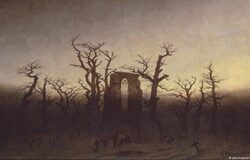
CUTE is a delight for the senses but has a darker complexity
Pamela Buxton | The RIBA Journal | 22nd January 2024
Sex sells, and so too does cute – just think of the multitude of soft toys with imploring eyes. Stimulated by the Japanese cute/lovable aesthetic, cuteness has become a western cultural force. A big part of its appeal is that, not being easy to define, it accommodates almost unlimited interpretations. Says a curator, it is a “mechanism for [young] people to find themselves. I think cuteness will only get stronger and stronger.” One down-to-earth writer quips, “this [show] is catnip for TikTok”.













